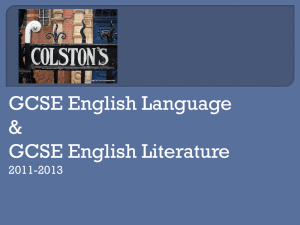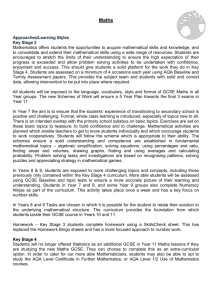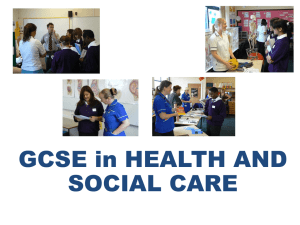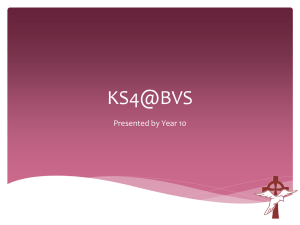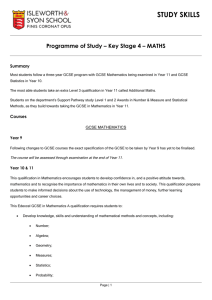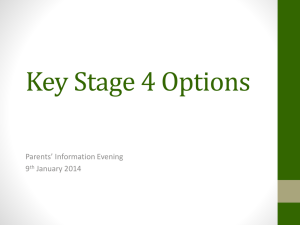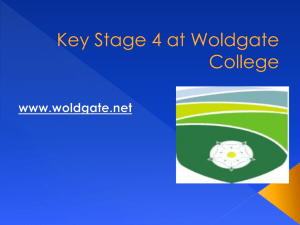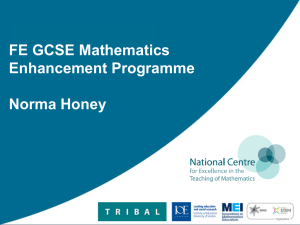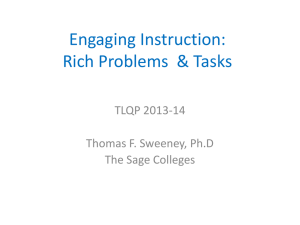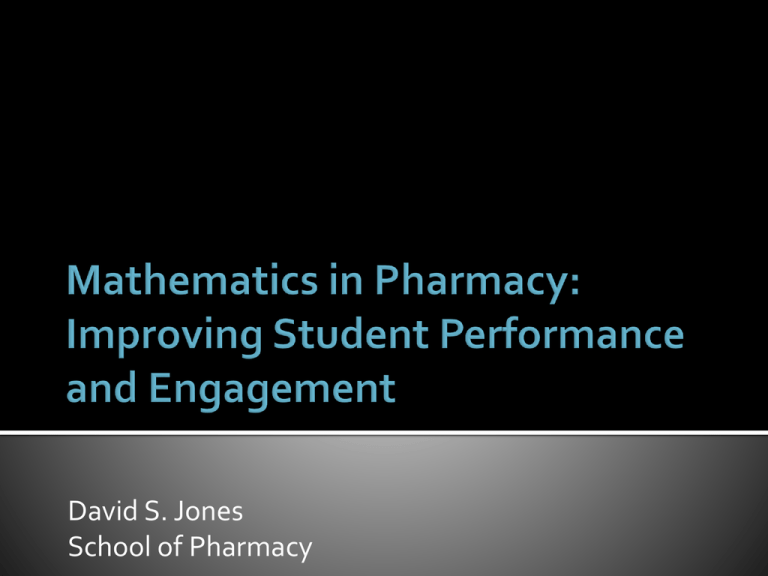
David S. Jones
School of Pharmacy
High Academic Background (circa 435 tariff
points)
Requirements (AAB or ABB with an A in a
fourth AS subject)
Subjects required at A2
Chemistry
At least one from Physics, Mathematics, Biology
One other A2 subject
Mathematics required at GCSE
40%
35%
30%
25%
20%
15%
10%
5%
0%
GCSE
AS
A2
Further
Key Numeracy Skills/Algebra
Needed throughout the course
Assessed at entry to level 1
30% failure rate
Limited opportunity to address deficiencies
Examples include:
Rearrangement of equations
Calculation of doses/concentrations/molarity
Use of equations
Pharmaceutical Statistics
Needed throughout the course (but mostly in
Level 4)
Assessed in the skills component in Level 1
30% failure rate
Limited opportunity to address deficiencies
Examined in levels 2 and 4
LEVELS 1 AND 2
Probability and
distributions
Central tendency/Variation
Confidence Intervals
Transformations
One sample
parametric/non-parametric
tests
Two sample
parametric/non-parametric
tests
Paired and unpaired
LEVEL 4
Multiple hypothesis tests
ANOVA
Kruskal-Wallis test
Post hoc tests
Multiple regression
Logistic regression
Epidemiology
Introduction to Bayesian
statistics
Logarithms
Base e
Other bases
Changing bases
Use of Log/Semi-log graph paper
Trigonometry
Basic details ranging through to calculus of
trigonometry
Calculus
Key component of several scientific sub-
disciplines
Pharmacokinetics
Chemical Stability
Population growth studies
Students navigate through the course to
avoid mathematical topics
Some students leave QUB with a good
degree but devoid of many skills that are
required in clinical practice (research???)
Mathematics is not a specified subject at A
level
Content of the Advanced/Advanced
Subsidiary and GCSE courses
Modular design of the Advanced and
Advanced Subsidiary courses
GCSE
Gradual reduction in content over 20 years
Reduction in problem solving activities
Variation in standards across examining boards
Is the mathematical standard at GCSE level
suitable for science based courses?
ADVANCED SUBSIDIARY
Modular
ADVANCED 2
Subjects studied in isolation
Different mathematical
experiences for each
student
All students study C1 and
C2
Third subject is usually M1
or S1 (Decision
mathematics?)
Reduction in content
Modular
Subjects studied in isolation
Different mathematical
experiences for each
student
All students study C3 and
C4 (usually)
Third subject is usually M2
or S2
Reduction in content
Key Numeracy Skills/Algebra
Covered in GCSE (in theory not practice)
Expanded depth through AS and A2 studies
Logarithms
Fundamentals
▪ Covered in AS (in theory not practice)
Base e
▪ Covered in A2
Other bases and changing bases
▪ Covered in A2
Trigonometry
Basic definitions provided at GCSE level
Calculus and use provided at A2 level
Calculus
Introduction provided at AS level
Expanded at A2
More emphasis given to Differentiation
Applications are not taught or examined
By level 3 this knowledge has been forgotten
Statistics
Level 1 basic requirements are provided by S1 and
S2 modules
Students are lacking in a basic understanding of
the meaning and applications of the information
studied
In first year assessments, some of the student
who have failed the examination have completed
the above modules
Problems have been identified
Surveyed mathematical needs
Identification of how students most effectively
learn mathematics
Summer 2011
Generation of pdf descriptions of key mathematical
topics
Accompanying podcasts and worked examples
(Camtasia)
Provision of mathematical examples placed within a
pharmaceutical context


